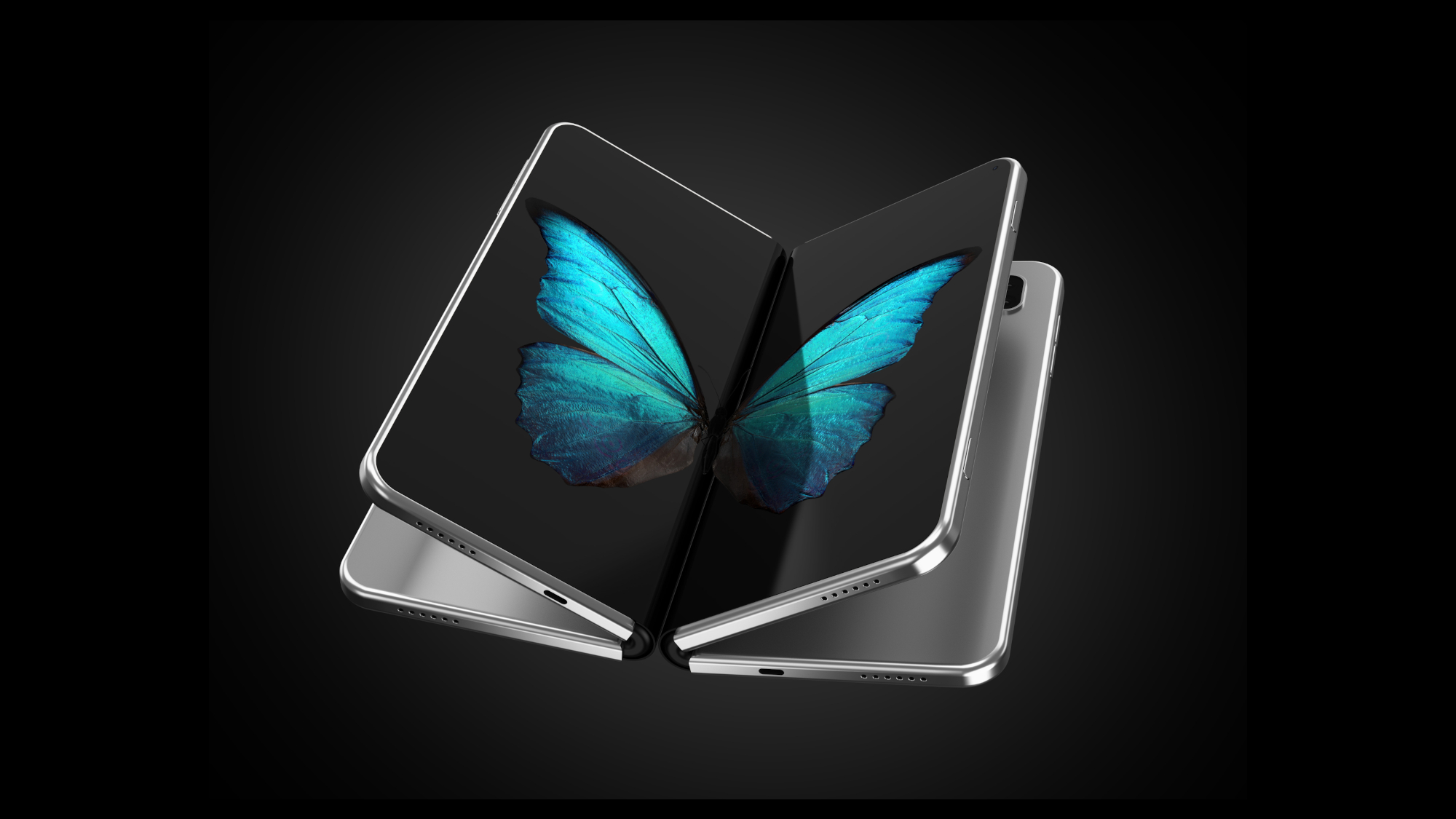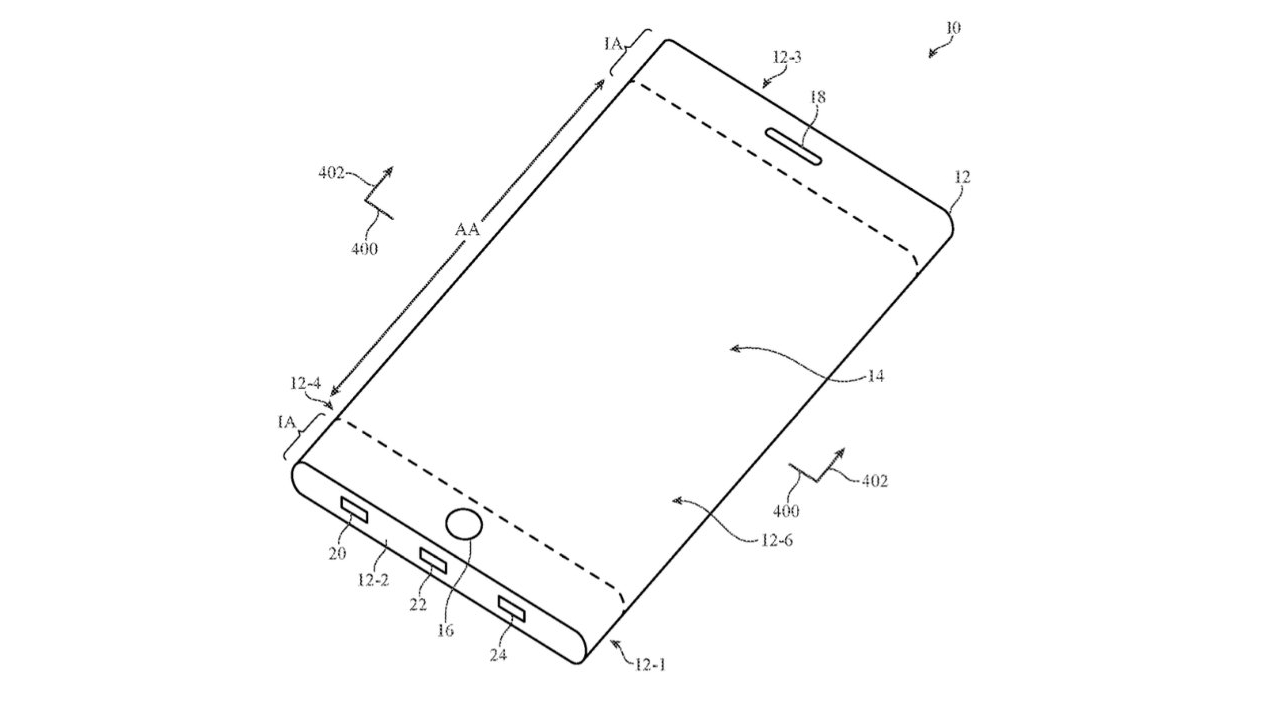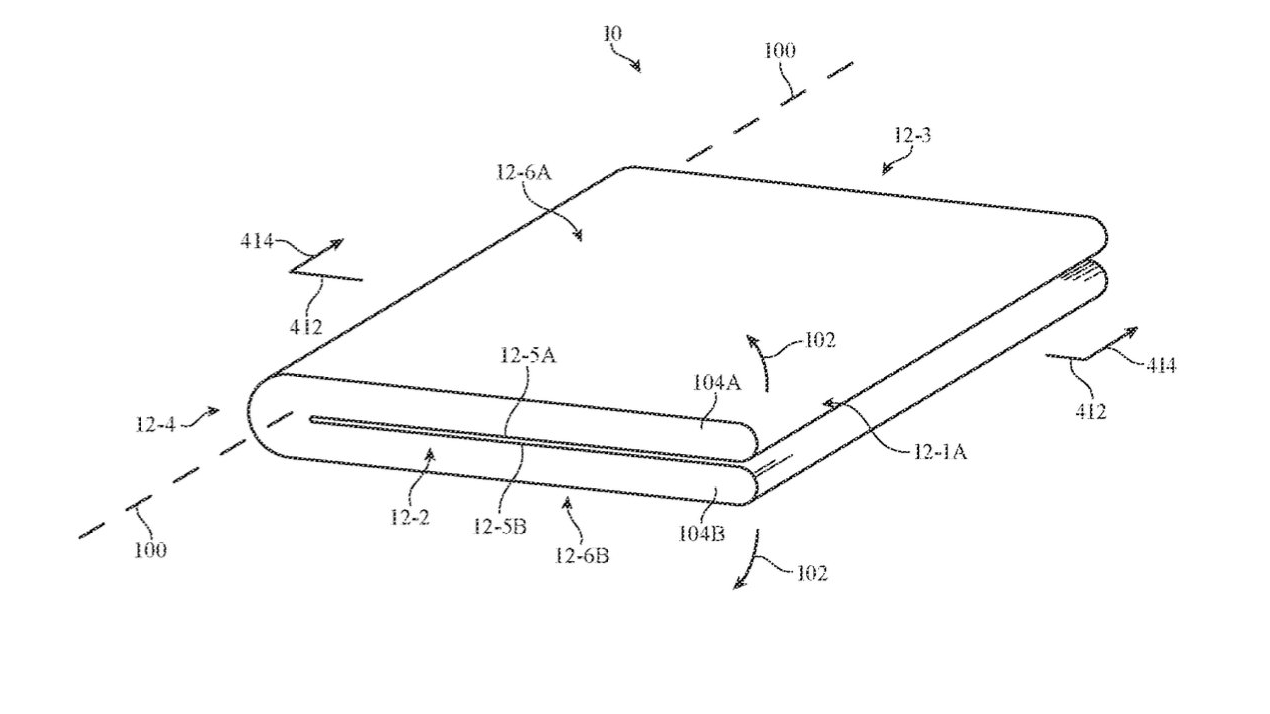
Apple’s adoption of the touchscreen in its first iPhone proved a watershed moment for the technology’s mainstream appeal, and the company may be preparing to take things one step further with future iPhone models and, potentially, its first foldable iPhone.
As first spotted by Apple Insider, Apple has been granted a patent for the development of touch-sensitive, solid-state buttons that would allow users to navigate an iPhone using its edges, rather than its display alone.
Titled “Electronic Devices With Display And Touch Sensor Structures,” the patent details how “control circuits, batteries and other components” would sit within “the walls” of an iPhone chassis. These walls “may have opaque portions and transparent portions," the document continues, which “may include opaque plastic, metal, fiber-composite materials and layers of other materials.”
We’ve previously reported on rumors suggesting that the iPhone 15 – specifically, the Pro and Ultra models – might get haptic volume and power buttons that don't physically move, and this new Apple patent adds further fuel to that fire.

Even more interesting, though, is Apple’s solution for solid-state buttons on a potential foldable device. Alongside basic illustrations of what may as well be a foldable iPhone, Apple explains how touch sensors would sit within “sidewalls” (as opposed to conventional walls) made up of “thin metal lines that are sufficiently small to be invisible to the eye."

Analysis: A more efficient display option?
In the new patent, Apple even goes as far as to explain why haptic, imperceptible buttons might be preferable to physical buttons in future iPhones. "It can be challenging [on conventional phones] to gather touch input from a user and to display images for a user efficiently," the document reads. "For example, when a user supplies touch input to a touch screen display, the user's hand may block images that are being displayed on the display."
"In gaming applications and other applications,” Apple continues, “it may be desirable to use a touch sensor on the rear surface to gather touch input while displaying associated visual information on a display on the opposing front surface of [the] device."
Sign up for breaking news, reviews, opinion, top tech deals, and more.
It’s worth noting that this isn’t the first time Apple has flirted with the idea of touch-sensitive iPhone buttons. We reported on the possibility of a wrap-around display for the iPhone 8 way back in 2016, but today’s iPhone 14 line still maintains a conventional chassis structure.
That said, even if Apple doesn’t reinvent the touchscreen with its next crop of iPhones, it’s exciting to see that the company is actively accounting for foldable mobile designs in its new patent applications. Perhaps, then, it won’t be too long before the tech giant debuts a device that can compete with the best foldable phones on the market – though we're not expecting to see an iPhone Flip for at least a few years yet.

Axel is TechRadar's Phones Editor, reporting on everything from the latest Apple developments to newest AI breakthroughs as part of the site's Mobile Computing vertical. Having previously written for publications including Esquire and FourFourTwo, Axel is well-versed in the applications of technology beyond the desktop, and his coverage extends from general reporting and analysis to in-depth interviews and opinion.
Axel studied for a degree in English Literature at the University of Warwick before joining TechRadar in 2020, where he earned an NCTJ qualification as part of the company’s inaugural digital training scheme.